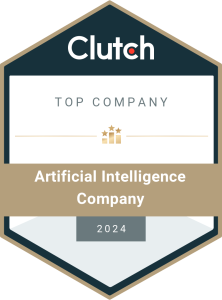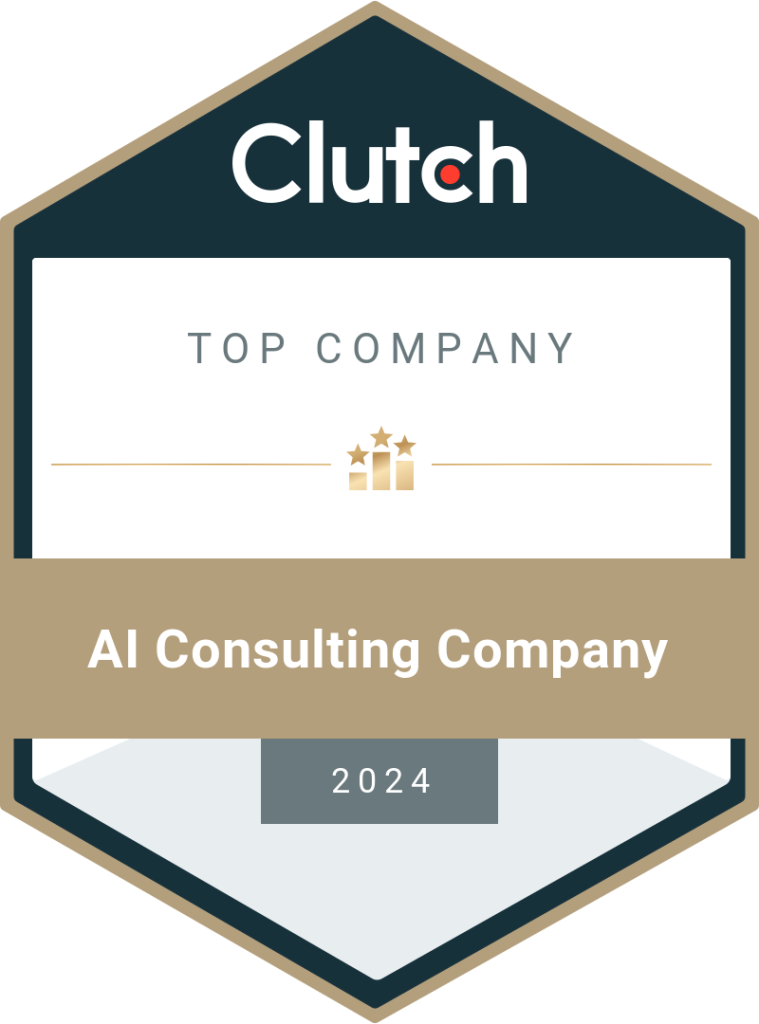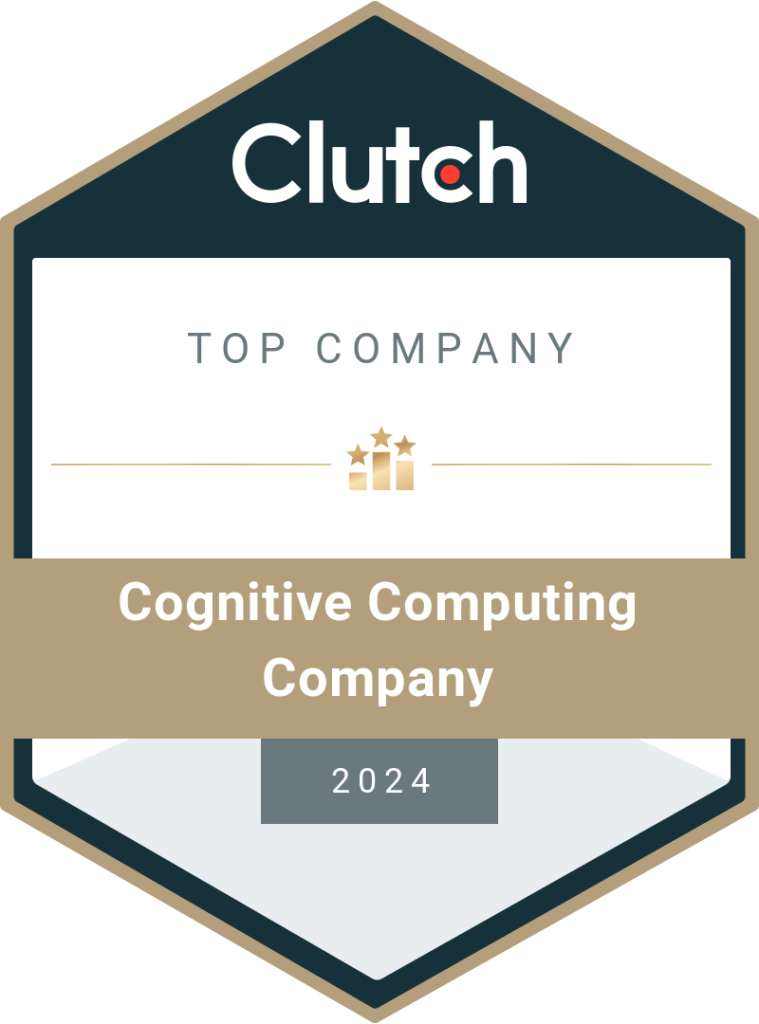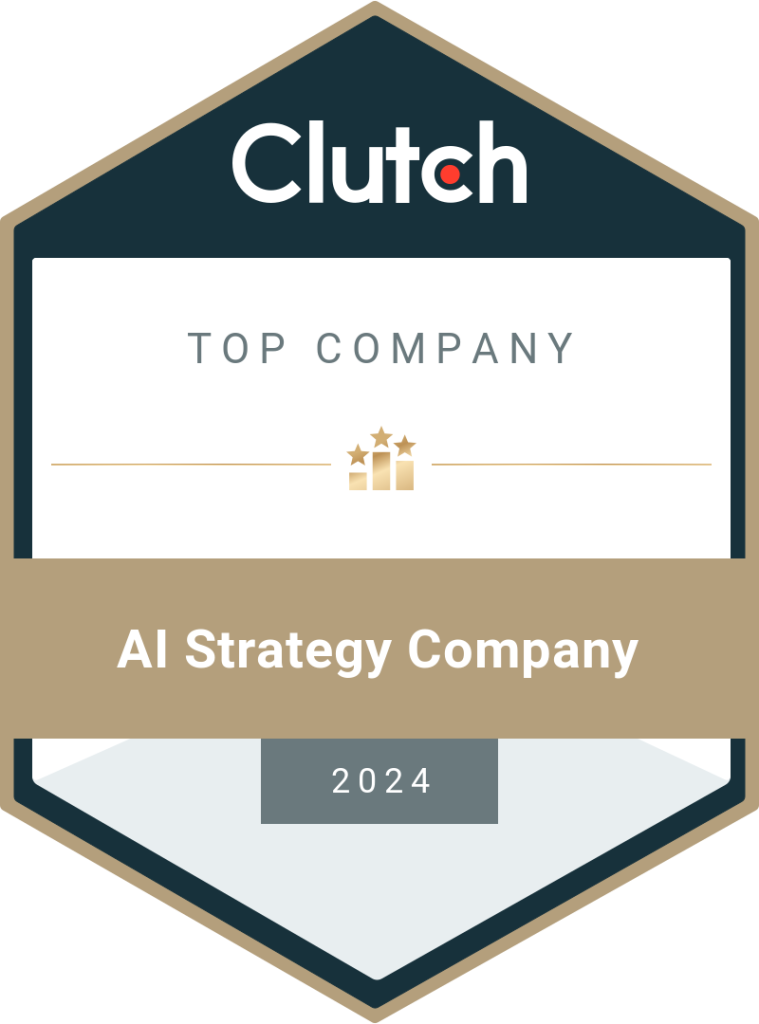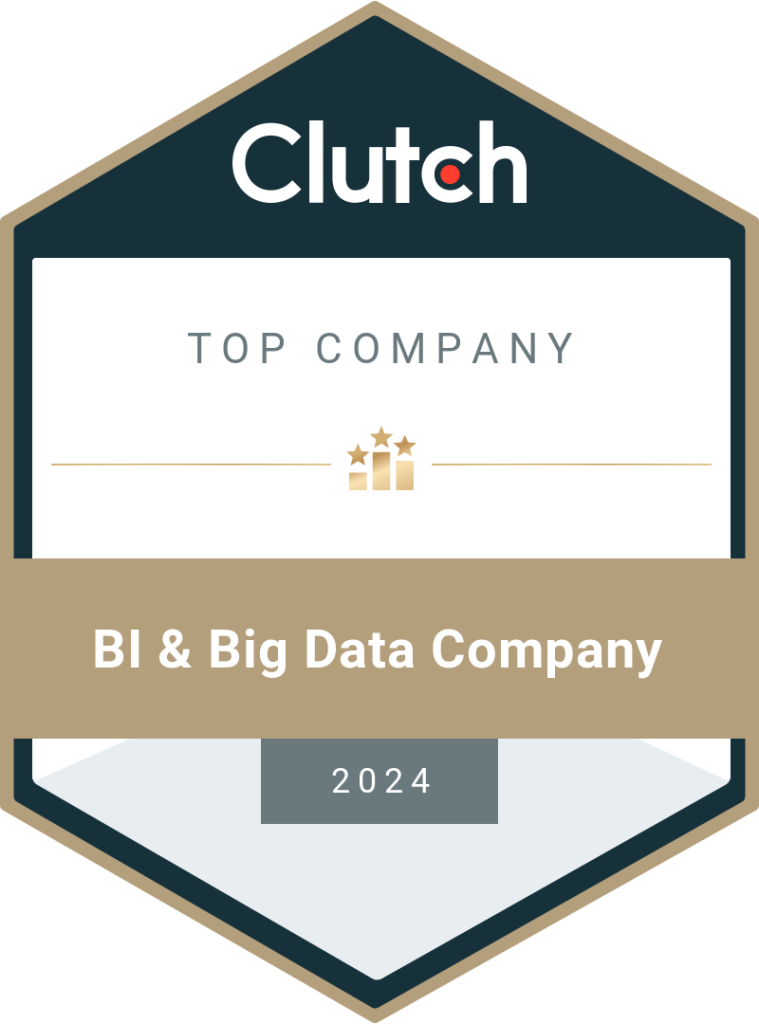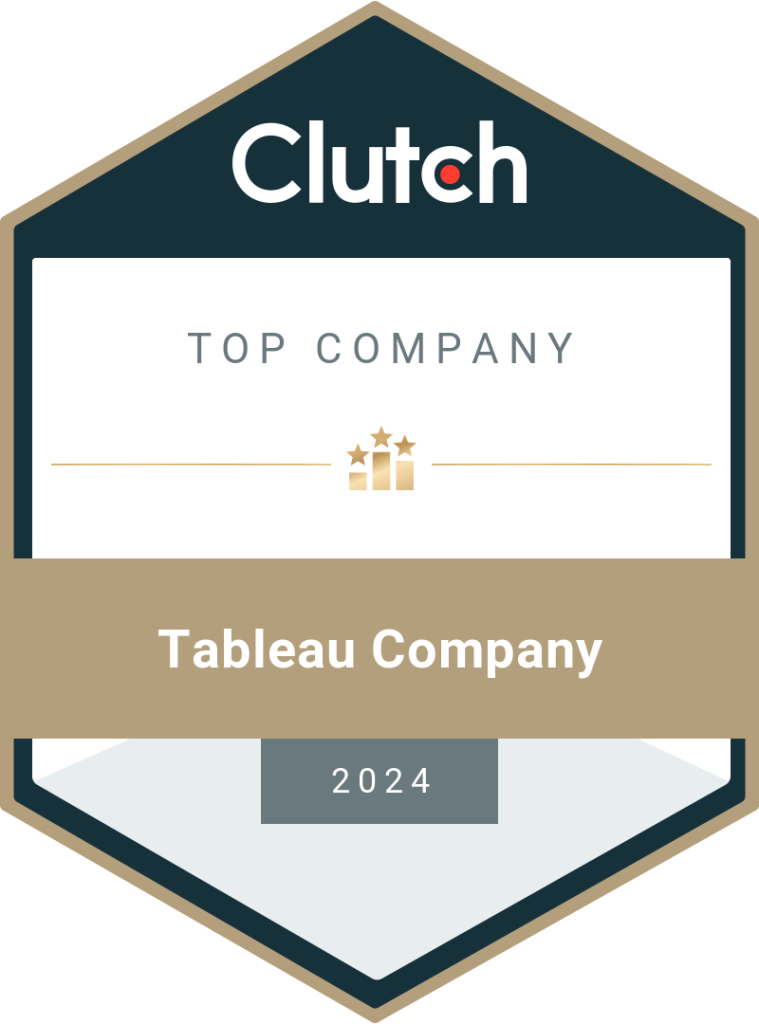How To Choose Data Science Consultants (Buyer’s Guide)
The advancements in emerging technologies like AI, ML, and IoT are increasingly driving companies to adopt different platforms and software. And with technology, the demand for data is also growing. Companies are using data for enhancing business operations and revenue. Data science has also become imperative for companies in their quest for competitive advantage. According to reports, “The Data Science Platform market size is projected to grow from USD 95.3 billion in 2021 to 322.9 USD billion in 2026, at a Compound Annual Growth Rate (CAGR) of 27.7%”. What is Data Science Consulting? Data science is considered a means of enhancing a company’s ability to identify patterns and trends in its data. To do this, companies hire a data scientist or a data science consulting firm that uses different techniques, including statistics, machine learning, and artificial intelligence to optimize brand performance with the most promising results. Data science is integral to modern-day business, and its importance cannot be understated. As companies and individuals grapple with the ever-growing demand for data, the need for data consultants is also growing. These consultants help organizations collect, process and use data to improve decision-making and operations. They can also help create new insights and models to facilitate the best business processes. How Does Data Science Work? Companies are beginning to realize the importance of incorporating data scientists into their organizations. Not only are technology companies utilize data science, but even industries like healthcare, retail, finance, transport, and many others are engaging customers with data science insights. For example, the application of data science in the healthcare industry is being used to improve patient care and develop new treatments. Banks are utilizing data science to prevent fraud and detect money laundering. Retailers use it for a better understanding of customer behavior and to create targeted marketing campaigns. Even the hospitality or eCommerce industry uses data science to target customers with their campaigns, offer discounts, and much more. Hence, data science is being used extensively by different companies for various purposes. Some companies use data science to improve their product or service, while others use it to gain a competitive edge in the market. Data science is a versatile tool used for a variety of purposes. But, before you start to apply data science for company growth, companies must consider a few things. The first step is choosing an experienced data consultant or data science consulting company. But, are you wondering how you can choose the best data consultants for your enterprise? Let’s have a look below: How To Choose Data Science Consultants? Choosing the right data science consultant can be an overwhelming task. Multiple qualities and skills must be factored in when selecting a consultant to determine who is best suited for the job. Some of them include: Experience and Background Data science consultants work with businesses to help them understand and organize data. They can come from different backgrounds, but they all share a love of data and analytics. Yet, they have an experience that can vary depending on the consultancy. Some data science consultants have a background in statistics, machine learning, or data engineering. Others may have worked in a specific industry and know how to apply data analysis techniques to that domain. So, it is critical to find a consultant who has the right skills for your project and who can comprehend your business needs. A consultant’s experience will also affect the type of services they offer. For example, a consultant may provide strategy services, such as helping you define your goals and identify the best data sources, or they may cater to implementation services, such as building models or pipelines to extract insights from your data. Thus, before appointing, you must understand their experience and how it can benefit your business. Skills Companies look for consultants who help them make the most of their data. So, companies must look for a skilled data science expert who: Analytical Knowledge A data science consultant can help organizations use data to make informed decisions. And with that comes a need for consultants who can help businesses use analytics to their advantage. Data analytics is crucial for an Organization to understand customer behavior, trends, and preferences; optimize marketing campaigns; determine where to allocate resources; identify opportunities and challenges. In addition, data analytics can play a significant role in developing new products and services. Therefore, enterprises must look for a data science consultant with a strong understanding of analytics principles and tools. It includes knowing how to gather, analyze and interpret data. The consultant should be someone who can understand how data flows within a company and has the know-how to put together complex analysis plans. They must further be able to recommend solutions that help the organization meet its goals. Technical Abilities Choosing the right data science consultant is critical to successful data analysis and inference. The data scientist must have technical knowledge including but not limited to data modeling, data warehousing, data visualization, and database design. The data scientist must have technical proficiency in areas such as: Furthermore, the consultant should also be able to build predictive models to help the organization make informed decisions quickly. Data scientists must have an excellent problem-solving capability and strong programming familiarity with at least one of the following- SQL, R, SAS, Tableau, or other software. Thus, when selecting a consultant, also choose someone who will be able to recommend the appropriate technologies to meet your business requirements. Big Data While looking for consultants, companies must look for data scientists who have an experience in big data. Why? Because big data will help consultants manage and process large amounts of data in your company. This technology can help data scientists find patterns and insights that they would not be able to find otherwise. Big data technology can help data scientists to automate particular tasks, which can speed up the process in your company. Also, prevent fraud and improve the accuracy of their predictions. Therefore, these are some
Read More